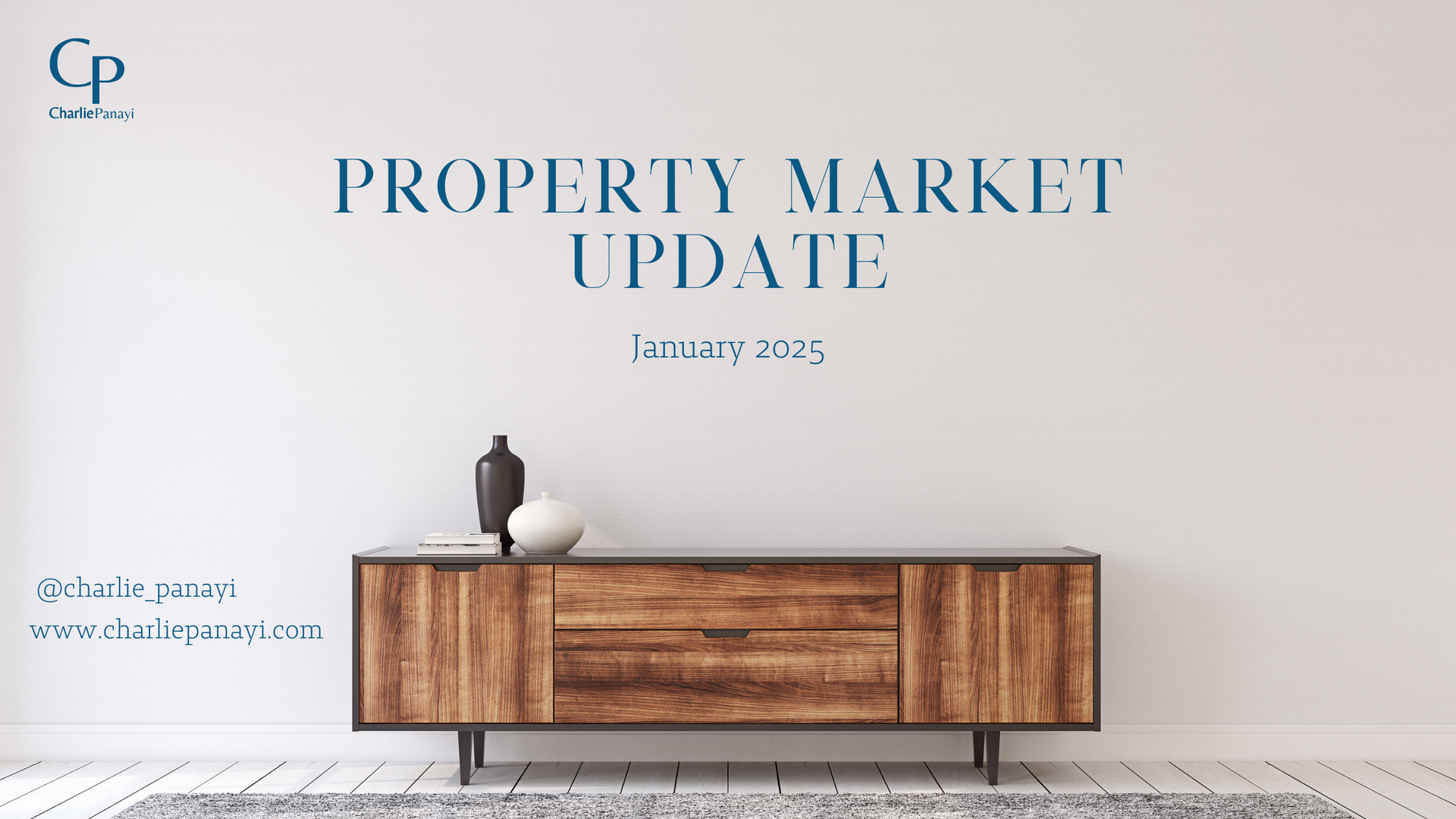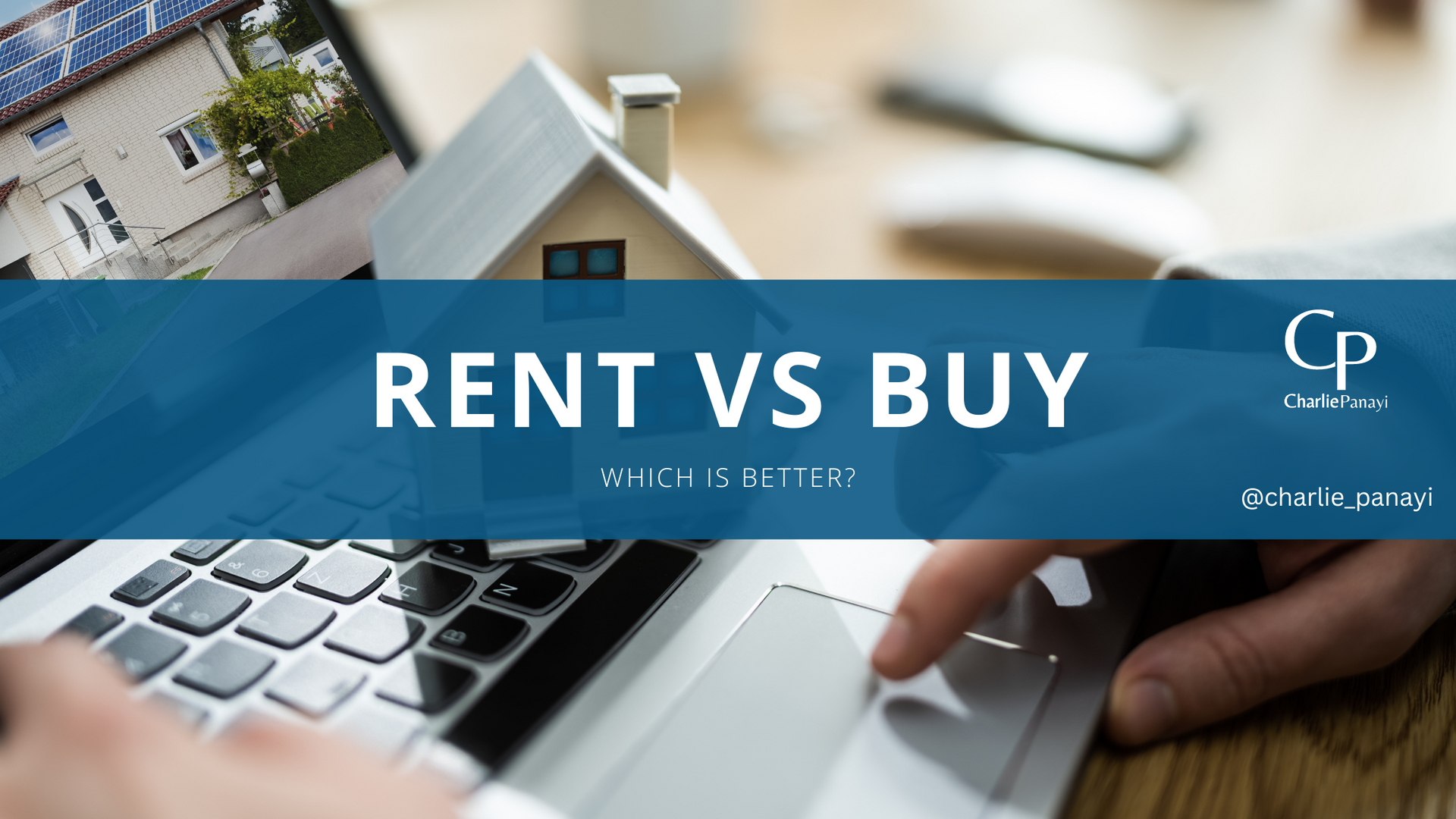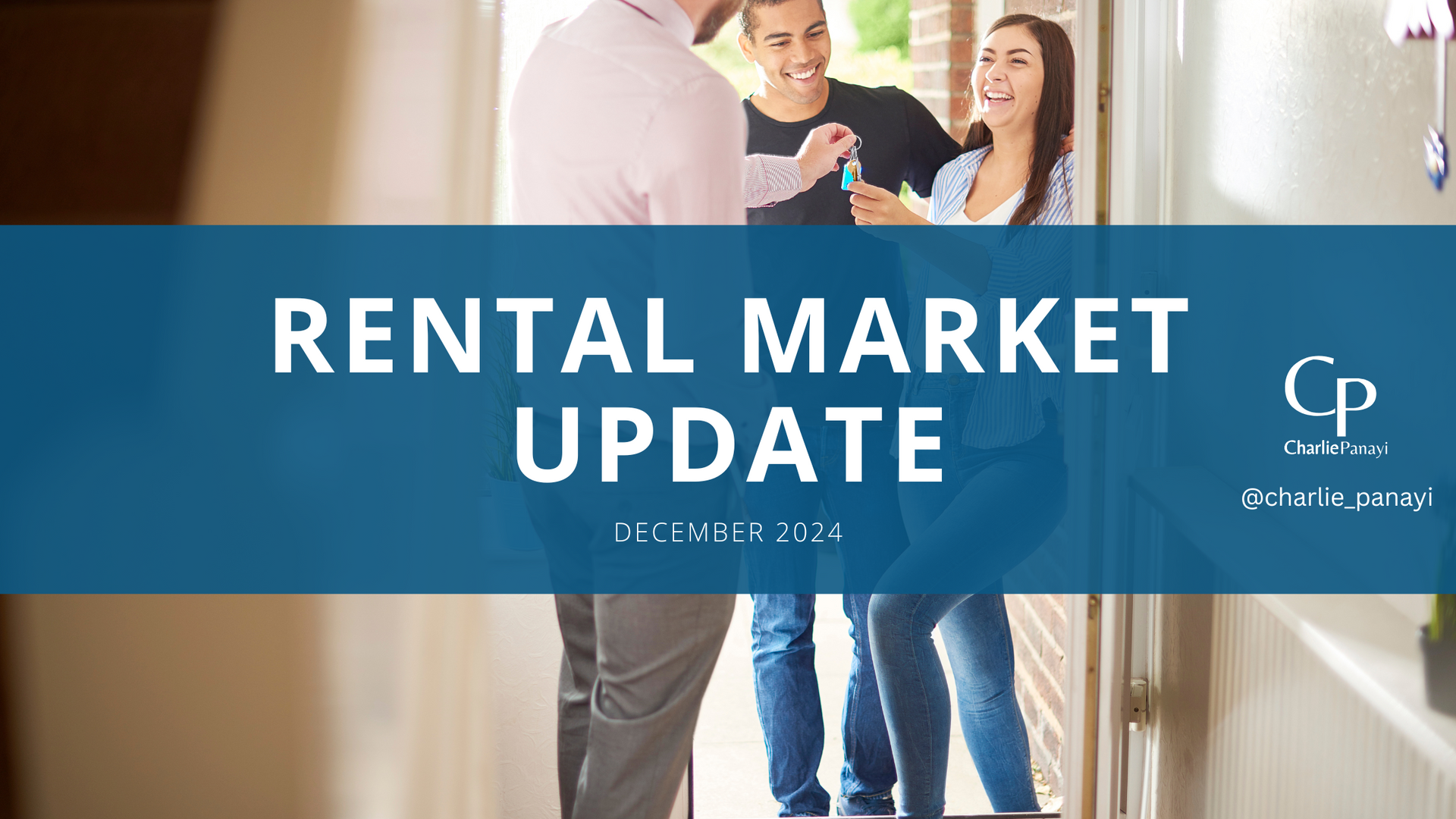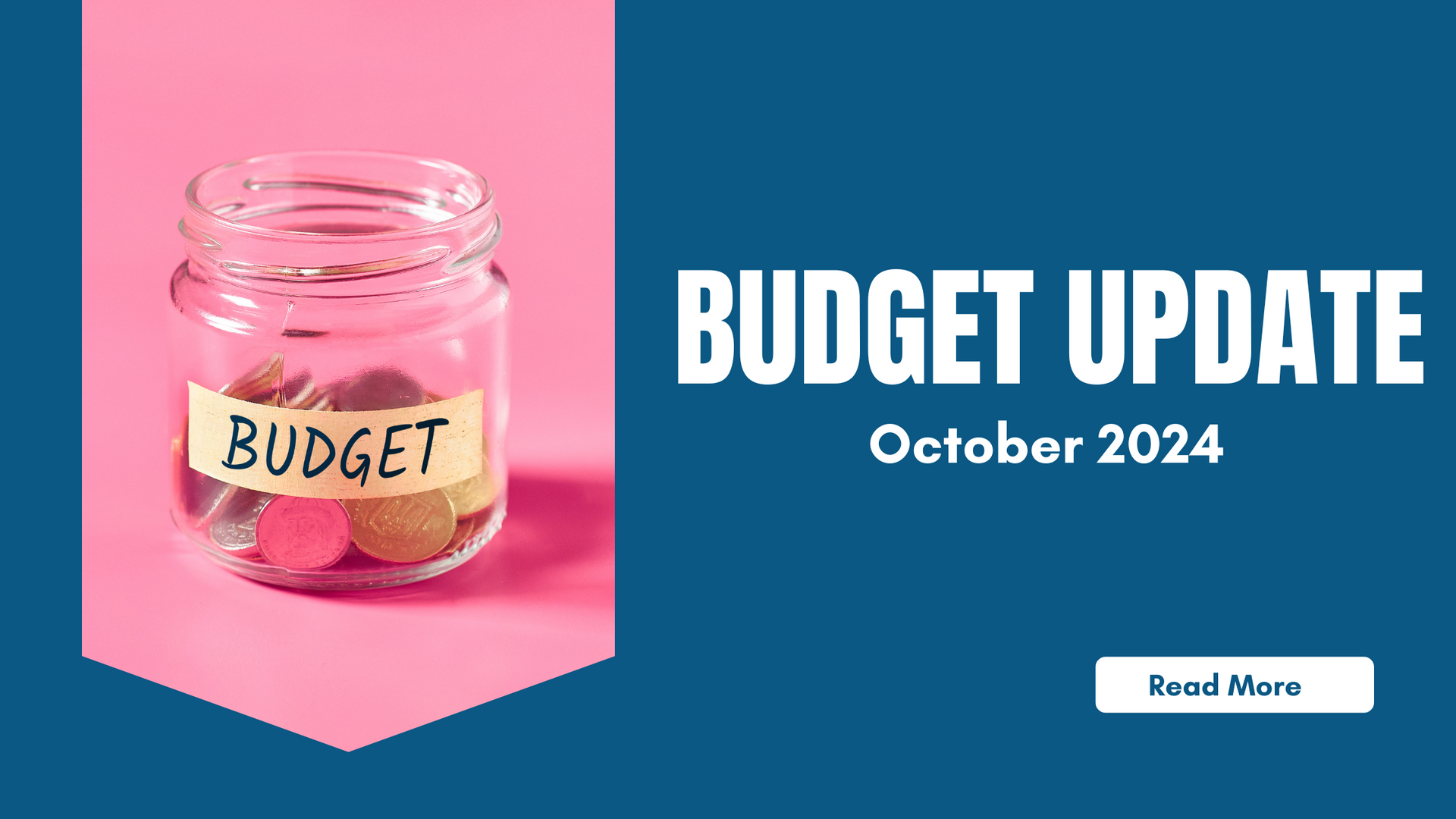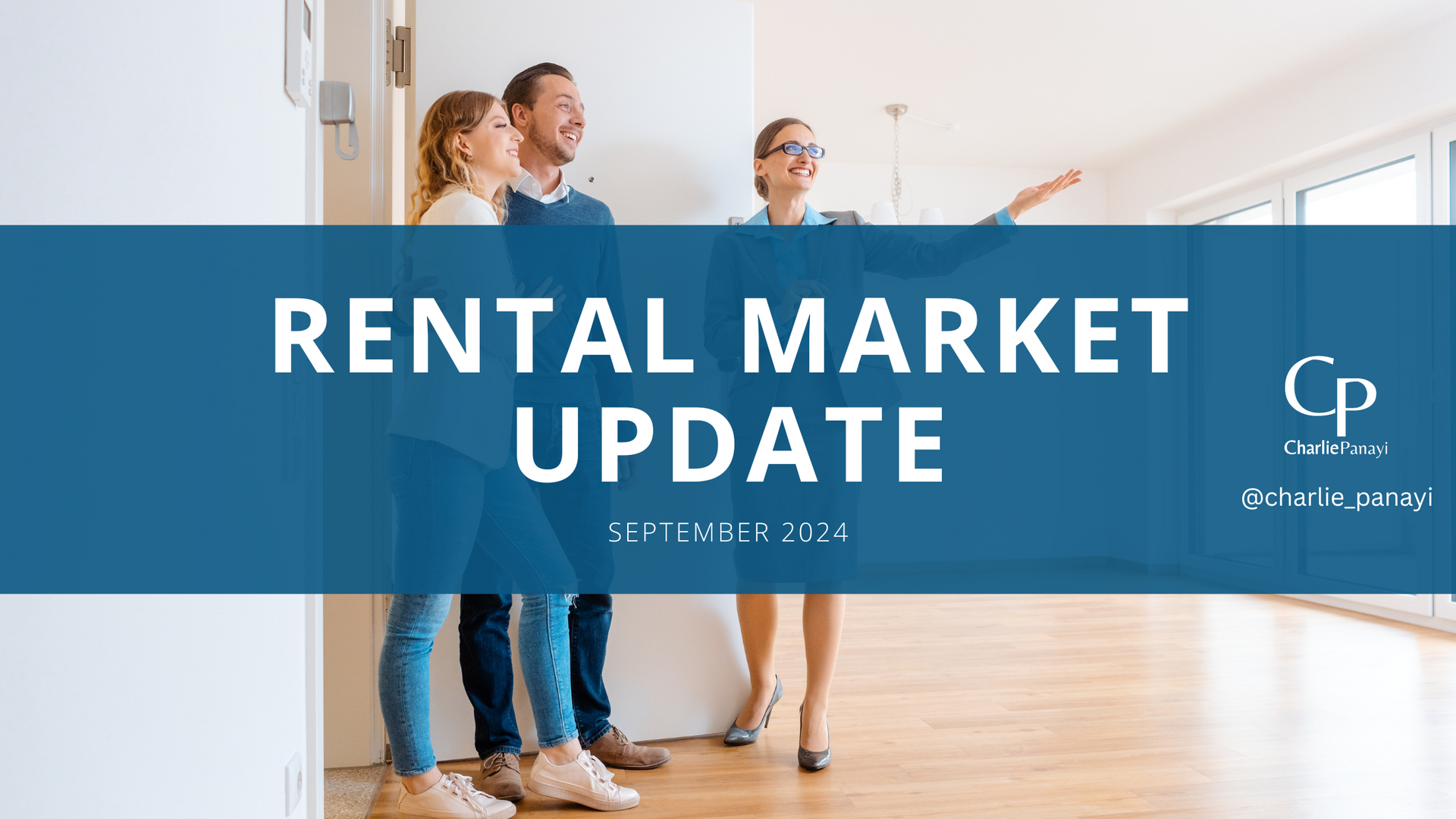Highlights
• Annual house price inflation at 5.3% down from 8.6% last year
• Buyer demand and sales volumes are 20-50% lower than a year ago but slightly ahead of the pre-pandemic years. At +8% in February
• Sellers having to accept an average 4.5% discount to the asking price to achieve a sale, this is the highest for 5 years
• Average discount to asking price is £14,000 meaning sellers are having to forgo a third of their pandemic house price gains
• UK house price inflation likely to move into low negative year-on-year by summer
• Market is still on track for a soft landing with modest price falls of up to 5% and 1m sales in 2023. This is better than predicted last year (10%)
Half-full or half-empty?
You could look at the property sales market in two ways this month, when comparing to year-on-year. The glass-half-empty view would be to compare this year to the super-hot market conditions a year ago. The glass-half-full view would compare the current sales market to the pre-pandemic years (2017-2019) when activity levels and house price growth were more stagnant and trading conditions were tougher.
Zoopla data shows demand from home buyers has rebounded in the first two months of 2023, however remains at half the level recorded a year ago. New sales volumes in early 2023 have also recovered, tracking the usual seasonal upturn we see each year, albeit 24% lower than this time last year.
The current property market is more aligned with the pre-pandemic years with demand 8% higher and sales agreed up 1%. For property investors/businesses this is a more realistic benchmark to work from.
Supply level returns to normal, offering more choice
Slower sales rates and a steady flow of new properties being listed have boosted the stock of homes for sale by over 60% compared to year-on-year. The average estate agent office has 24 homes for sale compared to just 15 a year ago. This creates more choice for home buyers and investors who now have more room to negotiate on price with less competition. It also helps reduce the upward pressure on house prices. Over 35% of homes currently listed for sale on Rightmove have seen their asking prices drop to attract buyers. These adjustments have been broadly uniform across regions and property type. However, there are still areas of England going against this (North East & Isle of Wight as an example).
Activity levels strong in a more affordable market
While sales volumes are lower year-on-year, they are still ahead of the pre-pandemic years in more affordable housing markets such as the North East and Scotland. This is because higher mortgage rates have less of an impact on demand in lower-value markets. In contrast, sales volumes in the Midlands and southern England are up to 9% lower compared to the pre-pandemic period. Higher house prices, which have grown substantially over the last 3 years, mean a greater impact on buying power and levels of demand from would-be buyers.
Asking to achieved price gap widens to the largest for 5 years
While sales volumes have recovered, sellers are having to accept larger discounts to the asking price to secure sales. In my opinion this was due to over-inflated asking prices by sellers/estate agents, this may well have been overvaluing tactics by agents as they were battling for less supply of properties.
The latest data from Hometrack shows that the discount to achieve a sale has increased over the last 5 months and currently stands at -4.5%, on average £14,100 per property sale. Discounts to asking price are larger than in the pre-pandemic years and reflect the rapid transition from a hot sellers' market - where most buyers had to pay the asking price over much of 2020, 2021 – 2022. As previously mentioned, I feel this was created from over valuing by both sellers and agents, not keeping it realistic. Agents can tend to do this if competing for a smaller pool of properties as they were a year ago, along with sellers getting ahead of themselves.
Reset in house prices underway
Buying power is starting to recover as mortgage rates fall from their 6% highs of late 2022. However, its important to note the market still increased by 1% last month, remember we are comparing year-on-year analysis.
At 4% mortgage rates, the average home buyer has 20% less buying power than they did a year ago when mortgage rates were 1.99%. This won’t affect the market immediately, as previously stated in my December blog, its likely to take effect on the market to the second half of 2023. Some buyers will look to buy cheaper homes as I highlighter in previous blogs.
Zoopla house price index is now registering modest monthly price reductions which have dragged the annual rate of inflation lower to 5.3%. Realistically as I reported at the end of 2022, its likely to record further modest price reductions of up to 2 or 3% by the end of summer.
Regionally, the annual growth rate ranges from +2.5% in London to +7.1% in Wales. The real weakness in price inflation is coming through parts of southern England where high house prices compound the impact of higher mortgage rates on buyers. In the North East we are still seeing strong growth month-on-month.
Moving Forward...
It's welcoming news that the housing market adjusts to the higher average mortgage rates better than anyone thought. It's unlikely that the mortgage rates will get much cheaper now in my opinion, however competition between lenders remain strong, so potentially we could see further change throughout the coming months. As per previous blogs, I have always felt rates below 6.8% are cheap in comparison, therefore seeing them at the 4% range at the moment very much makes them affordable and manageable.
An unpopular opinion, however better for the long term is the pricing becoming more realistic. With the average seller considering the 4.5% below asking, balances out the increased mortgage rates and still leaves the housing market strong in comparison.
All-in-all, if the market delivers 1m to 1.1m sales in 2023, as is expected, then it will be a very positive result for the property world.

